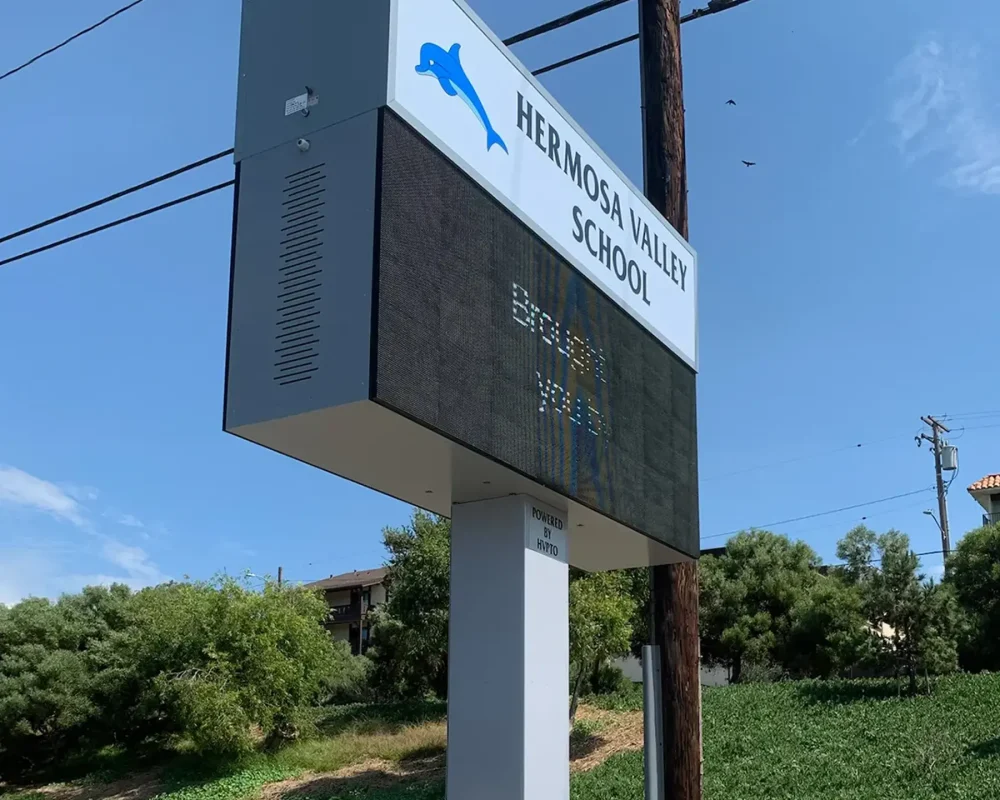The Americans with Disabilities Act was one of the most sweeping pieces of legislation ever passed. It contains prohibitions on discrimination and stringent requirements for signage and displays at sales and service counters.
While this may seem arbitrary, when you consider how much we rely on visual guides to navigate an increasingly complex shopping experience, it isn’t surprising that universal standards, such as ADA building signage specifications were readily adopted. Continue reading to learn about ADA height requirements for sales and service counters.
Sales and Service Counter Requirements
When it comes to understanding the nitty-gritty details of sales and service counter requirements, you need to remember that accessibility is key. Any surface that a customer will need to interact with must be low enough to accommodate people of differing heights.
The magic number is 36. A counter used for exchanging goods or services for money must be no more than 36 inches high and at least 36 inches wide. Height isn’t the only factor to consider. Aisles surrounding the counter must be wide enough to accommodate customers and medical devices they may depend on, such as wheelchairs, mobility scooters, or oxygen tanks. In this instance, a 30-inch by 48-inch space is considered accessible.
What if your sales and service counter is already built and doesn’t meet current specifications? You don’t have to replace your entire service counter, but you can provide an auxiliary counter. An auxiliary counter is a nearby table or desk that can fulfill the role of the sales and service counter for persons with disabilities. Even a simple folding table can be enough to provide support for patrons with disabilities.
Serving Counter Requirements
Merchandise and money are one thing, but you’ve entered new territory if you have to transfer food and beverages across a counter. The maximum height for this kind of serving counter is 34 inches, and the entire space should be at least 60 inches long.
Utensils can be placed a little bit higher but should still be between 48 inches and 54 inches, depending on whether your customers need to reach forward or to one side. However, there are alternative solutions, including handing food to your customers directly.
Conclusion
The ADA has been in place for over 30 years. As the requirements become more strict, so too do the penalties. Making your business ADA compliant is a smart move for the safety of your customers and it is also an investment in the security of your business. Do what’s right for your customers, and they will reciprocate and return the favor.
Avoid paying severe fines by providing the necessary ADA signs inside and outside of your building. By ordering ADA compliant room signs, you can eliminate all the guesswork. Order custom ADA signs from us to ensure your business signage meets all the ADA requirements.




